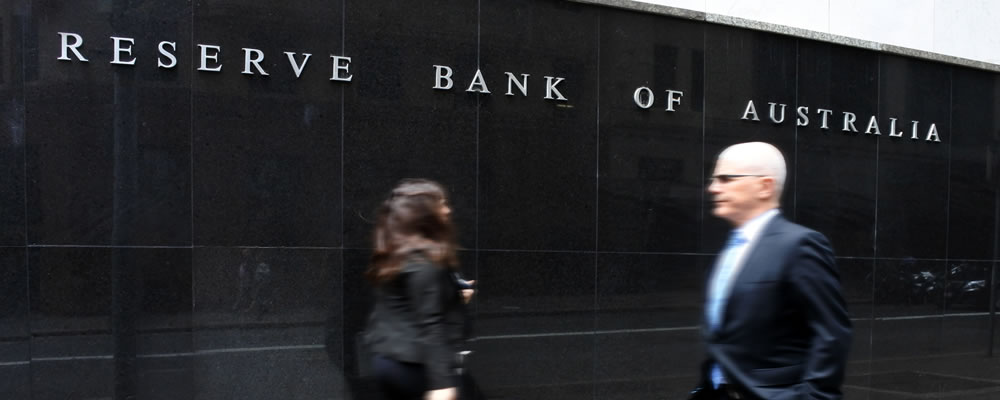- Euro Australian Dollar Drops to 1.45 – Lowest level since May
- Could the RBA Become More Hawkish? – RBA minutes leave investors speculating
- EUR Forecast: ECB Meeting on Thursday – No changes in policy forecast
- AUD Forecast: Australian Job Data Ahead – Weak data could help EUR AUD recovery
The Euro Australian Dollar exchange rate was unable to recover on Tuesday evening. By Wednesday, EUR AUD was trending near a new two-month-low of 1.4525.
A lack of strong or supportive Eurozone ecostats this week have left the shared currency limp, while investors continue to buy up the risky ‘Aussie’ due to weakness in its rivals.
This was despite Westpac’s latest leading index report coming in at -0.1%, indicating that Australia’s economic growth could be slightly slower than expected in early-2018.
[Published 11:54 BST 18/07/2017]
The Euro Australian Dollar exchange rate plummeted on Tuesday as investors reacted to the latest meeting minutes from the Reserve Bank of Australia (RBA) as well as a drop in market confidence on the US political and economic situation.
EUR AUD briefly advanced from 1.4640 to 1.4768 at the beginning of the week, but its recovery was cut short by RBA news. As a result, EUR AUD currently trends near a low of 1.4541, its lowest levels since May.
Euro (EUR) Fails to Benefit from Domestic Stats
Euro investors are more interested in European Central Bank (ECB) news than domestic data this week, as they anticipate Thursday’s July ECB policy decision.
The ECB is expected to leave monetary policy frozen during this week’s meeting. Investors are more focused on any possible shifts in tone from the bank.
As a result of the ECB focus, this week’s Eurozone ecostats have had little notable effect on Euro trade.
Monday saw the publication of June’s Eurozone Consumer Price Index (CPI) results, which largely met analyst expectations and indicated that inflation in the Eurozone is moving in the way ECB officials indicated.
Month-on-month inflation improved slightly from -0.1% to 0% as forecast. Yearly inflation slipped from 1.4% to 1.3%. The limp inflation performance was largely due to global factors like fuel prices, which have been weak due to poor oil market movement.
Core Eurozone inflation on the other hand, which strips away global price factors, improved slightly from 0.9% to 1.1%. As expected this indicates that inflation in the Eurozone is gradually becoming sturdier – but is still well away from the ECB’s 2% target.
ZEW’s July economic sentiment surveys from Germany and the Eurozone may have weighed slightly on Euro demand and helped the Australian Dollar to advance, as they fell short of expectations.
Eurozone economic sentiment slipped from 37.7 to 35.6, rather than coming in at the projected 37.2. Germany’s current conditions print was expected to hold at 88 but slipped to 86.4. Germany’s economic sentiment print dropped from 18.6 to 17.5.
Australian Dollar (AUD) Surges on RBA Speculation
The Reserve Bank of Australia (RBA) published its July meeting minutes during Tuesday’s Asian session. As the bank had been cautious in its most recent meeting, investors expected a familiarly wary tone in the minutes report.
However, the report turned out to be surprisingly optimistic, leading to higher bets that the RBA could be preparing to take a more hawkish tone on monetary policy in the foreseeable future.
Analysts now predict the bank is closer to tightening Australia’s monetary policy than cutting rates again. Demand for the Australian Dollar soared as a result.
Kit Juckes from Societe Generale SA noted that as major central banks like the Fed and Bank of Canada (BOC) begin to normalise policy, other major banks are more likely to follow;
‘The world is less in need of triage and intensive care from central bankers than it was, and more of them are thinking about how, and when, to set out on the road to normalization,
Markets, priced for ‘low forever’, are being forced to rethink too, and after the Bank of Canada, now it’s the RBA which is in the spotlight.’
This week’s US news has made the Australian Dollar even more appealing this week. Markets are concerned that US President Donald Trump will have little success in pushing through his ambitious tax and infrastructure proposals.
As a result, US political and economic uncertainties worsened and investors looked towards riskier high-yielding currencies currencies like the ‘Aussie’ to make profits.
Euro Australian Dollar Forecast: Investors Anticipate ECB Meeting
There’s still plenty of potential for big Euro Australian Dollar movement towards the end of the week, particularly on Thursday.
During the Asian session, Australia’s June job market report will come in. If these meet or exceed expectations, the Australian Dollar is likely to continue to see strong performance until the end of the week.
Poor Australian job stats could see the ‘Aussie’ sold from its highs, but amid increasing RBA tightening speculation its gains could be limited.
The main focus will be the European Central Bank’s (ECB) July policy decision, which will take place during the European session.
If the bank shows any indication of becoming more hawkish, the EUR AUD exchange rate is likely to recover from its lows. However, a more dovish tone could see EUR AUD hit its worst levels since April.
EUR AUD Interbank Rate
At the time of writing this article, the Euro Australian Dollar exchange rate trended in the region of 1.4565. The Australian Dollar to Euro exchange rate traded at around 0.6865.



